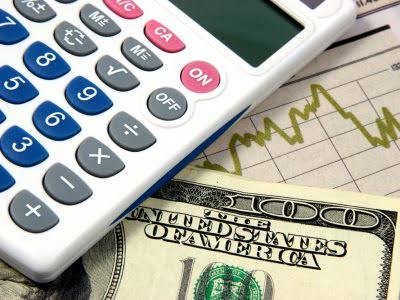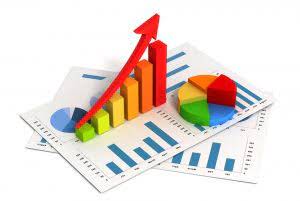
Depreciation refers to the allocation of the cost of tangible fixed assets, such as machinery or buildings, over their useful lives, reflecting wear and tear. Amortization, on the other hand, applies to intangible assets like patents or copyrights, distributing their cost over the asset’s legal or useful term. Both methods serve to match expenses with revenues, adhering to the accrual accounting principle. While depreciation commonly uses methods like straight-line or declining balance, amortization typically employs the straight-line approach. The key distinction lies in the types of assets involved, with depreciation focusing on physical assets and amortization on non-physical assets.
Company Overview

You can only use this deduction for property that is used more than 50% for business purposes, and only the business part of its use can be deducted. Discover the tax implications of each method for your business assets and how they can affect your bottom line. For example, a company is incurring the cost of purchasing a delivery truck for $60,000 that will have a 5-year useful life. Every year, this amount will reduce the truck’s value for bookkeeping purposes while it continues to be used to generate revenue.

Depreciation, depletion, and amortization (DD&A)
Different industries may favor specific methods based on asset utilization patterns and economic benefits they derive over time from their assets. On the other hand, amortization expense reduces the carrying value of intangible assets with an identifiable life, such as intellectual property (IP), copyright, and customer lists. Intangible assets annual amortization expenses reduce its value on the balance sheet and therefore reduced the amount of total assets in the assets section of a balance sheet. This occurs until the end of the useful lifecycle of an intangible asset. Both amortization and depreciation are non-cash expenses because they do not involve actual cash outflows during the period. Instead, they represent the systematic allocation of the cost of an asset over its useful life.
Consolidation & Reporting
The concept of both depreciation and amortization is a tax method designed to spread out the cost of a business asset over the life of that asset. Business assets are property owned by a business that is expected to last more than a year. amortization vs depreciation If you’re a business owner, it’s important to understand the difference between depreciation and amortization. Both of these concepts relate to your company’s expenses, but they have different implications for your taxes. In this blog post, we’ll define these terms and explain how they impact your bottom line. The biggest differences between depreciation and amortization are the types of assets for which they are used as well as how they distribute costs over time.
Deciphering Depreciation for Business Assets
It is what is accounted for on the income statement and it represents the cost of tangible assets allocated to the accounting period. This decreases the book value of the asset, therefore Debt to Asset Ratio affecting the balance sheet items and net income of the company. Reduces the book value of intangible assets over time and records amortization expense on the income statement.

Learn financial statement modeling, DCF, M&A, LBO, Comps and Excel shortcuts. The two components to calculate loan amortization are the principal and interest. The remaining principal, or loan balance, must be paid back in full by maturity, or else the borrower is in a state of default (and fixed assets is now at risk of becoming insolvent). Assets with an infinite useful life are NOT subject to depreciation. She holds a Bachelor of Science in Finance degree from Bridgewater State University and helps develop content strategies.
- But, X enjoys a reputation in the niche local market so the purchase consideration was fixed at 500 million.
- Upon completion, earn a recognized certificate to enhance your career prospects in finance and investment.
- Merriam-Webster provides some accelerate synonyms that include “quickened” and “hastened.” A larger portion of the asset’s value is expensed in the early years of the asset’s life.
- An amortization schedule is used to calculate a series of loan payments of both the principal and interest in each payment as in the case of a mortgage.
- This straight-line method of calculation is also used in accounting.
Adjusting Journal Entries Accounting Student Guide
In other words, it’s tracking how your tangible assets lose value over time. Instead of writing off the entire cost when you buy them, depreciation lets you spread that expense across the years you’ll actually use them. Most businesses file IRS Form 4562 Depreciation and Amortization to do the calculations for depreciation and amortization for the year. The information for all property depreciated and amortized is accumulated and totaled on this form. The Section 179 election amount is calculated in Part I and bonus depreciation is calculated in Part II. You must add this form to your other business tax forms or schedules when preparing your business taxes.
